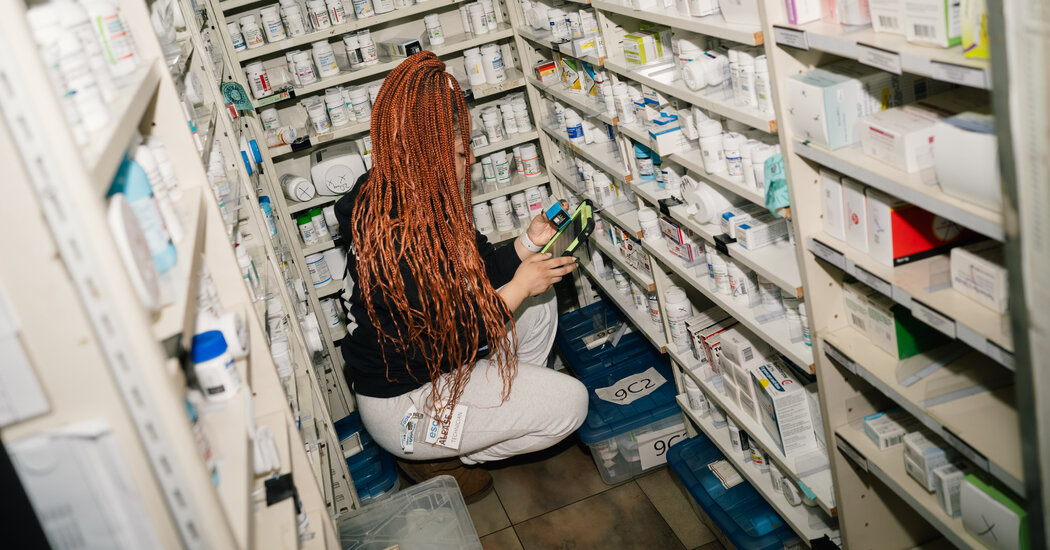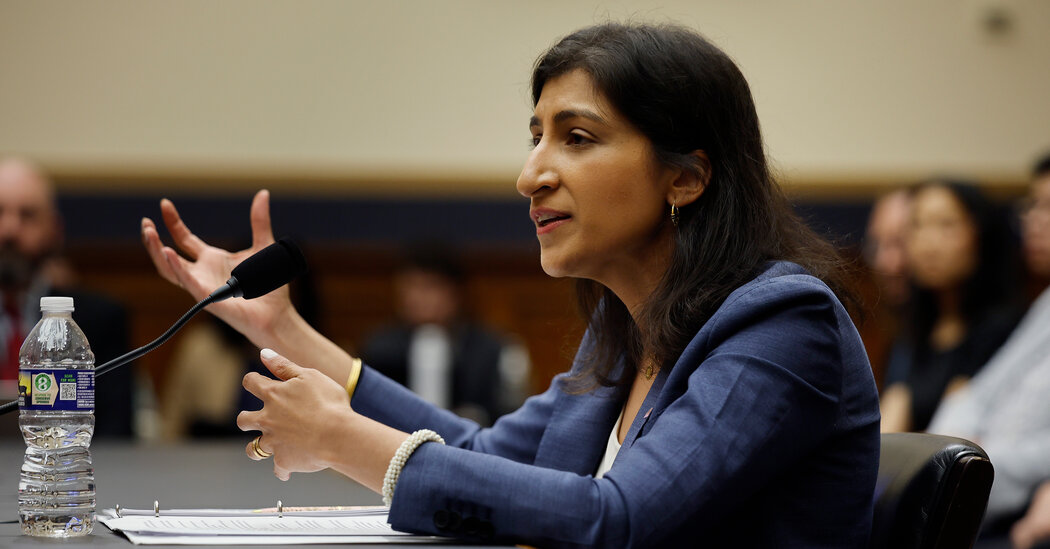Florida’s plan to save money by importing medications from Canada, authorized this month by the Food and Drug Administration, has renewed attention on the cost of prescription drugs in the United States.
Research has consistently found that drug prices in America are significantly higher than those in other wealthy countries. In 2018, they were nearly double those in France and Britain, even when accounting for the discounts that can substantially reduce how much American health plans and employers pay.
“The U.S. market is the bank for pharmaceutical companies,” said Ameet Sarpatwari, an expert in pharmaceutical policy at Harvard Medical School. “There’s a keen sense that the best place to try to extract profits is the U.S. because of its existing system and its dysfunction.”
Here are six reasons drugs in the United States cost so much:
1. There is no central negotiator willing to walk away.
Other wealthy countries rely on a single negotiating body — usually the government — to decide whether to accept the price a pharmaceutical company wants to charge. In the United States, negotiations with drug makers are split among tens of thousands of health plans, resulting in far less bargaining muscle for the buyers.
Other nations also conduct careful analyses of how much additional benefit a new drug presents over drugs already on the market — and at what cost. If the cost is too high and the benefit too small, those countries are more willing to say no to a new drug.
“Our lack of consolidation in negotiating is a key reason that we pay more than other countries — but also this unwillingness to negotiate as hard,” said Stacie Dusetzina, a health policy expert at Vanderbilt University School of Medicine.
The Inflation Reduction Act, enacted in 2022, authorized Medicare to negotiate directly with drug companies over the prices of a small number of drugs years after they entered the American market. Health policy analysts say that is a start, but much broader negotiating authority is needed to make a dent in drug prices overall.
Pharmaceutical companies argue that the higher prices come with added benefit: Industry-funded analyses have found that patients in the United States get medicines faster, and with fewer insurance restrictions, than those in other countries.
2. There are no price controls.
Some countries set limits on how much they will pay for medicines. France, for example, caps the growth of drug companies’ sales: If sales exceed that threshold, the government gets a rebate.
Drug companies in the United States have avoided legal restraints on prices for patients covered by commercial insurance and on introductory sticker prices when drugs first enter the market.
“Drugs are so expensive in the U.S. because we let them be,” said Michelle Mello, a Stanford law and health policy professor. “We designed a system in terms of drug costs that is all engines, no breaks.”
3. The system creates perverse incentives.
Drug companies are not the only ones who make money from high drug costs. Doctors, hospitals and an array of intermediaries also see higher revenue when costs soar.
One case in point: Under Medicare policies for some drugs, doctors pay upfront for drugs that they administer to patients intravenously in their offices, such as chemotherapy. To recoup their costs, they send a bill to Medicare for both the cost of the drug and a percentage of that cost, set by Medicare, to cover their overhead. That billing system creates an incentive for a doctor to choose a higher-priced drug. For example, a Medicare rate of 6 percent on a $10,000 drug would pay $600 — a lot more than the $6 fee paid for infusing a $100 medication.
Experts also see misaligned incentives stemming from pharmacy benefit managers, or P.B.M.s, big businesses that negotiate with manufacturers on behalf of the employers and health plans that pay most of the bills for prescription drugs.
P.B.M.s make more money in fees from manufacturers when the sticker price of a drug is higher. They sometimes require patients to take a drug with a higher sticker price even when a cheaper alternative is available.
4. The system is fragmented and complicated.
Drug industry executives often complain that they are unfairly blamed for high prices while other parties, including P.B.M.s and insurers, are profiting from a growing share of drug spending and saddling patients with high out-of-pocket costs.
“The United States is the only country that allows middlemen, such as P.B.M.s, to profiteer on medicines unchecked,” said Alex Schriver, an official at Pharmaceutical Research and Manufacturers of America, or PhRMA, the drug industry’s main lobbying group.
Manufacturers retain only half the money that health care payers initially spend on prescription drugs before discounts are applied, according to a 2022 study funded by PhRMA.
The system is so confusing that doctors and patients trying to decide between seemingly comparable drugs have no easy way to determine what their actual cost will be at the pharmacy counter.
Even researchers have trouble parsing the system — in particular, the complex deals made between drug makers, intermediaries and insurers — as they try to pinpoint problems and come up with solutions.
5. Patent gaming keeps prices high longer.
Around the world, countries issue patents to drug companies that grant them temporary monopolies during which lower-priced generic competitors can’t enter the market. But in the United States, drug companies have been especially successful in finding ways to prolong that monopoly period, through tactics like piling up patents to protect inventions that are only tangentially related to the drug in question.
For example, the drug company AbbVie delayed competition for its blockbuster anti-inflammatory drug Humira for more than four years longer in the United States than in Europe. Patents were a key factor: A number of AbbVie’s patent applications were refused by Europe’s patent examiners or revoked after being challenged, according to an analysis by the Initiative for Medicines, Access and Knowledge, a nonprofit that tracks drug patents.
AbbVie declined to comment for this article.
6. Drug prices are what the market will bear.
Drug industry executives often say that their prices reflect the value their products provide to society. For example, a one-time $3 million cure may be a bargain if it ends up averting $10 million in hospital bills and lost wages.
But a comparison with other valuable resources shows how that model could send prices spiraling out of control. “If we allowed water utilities to charge us the full value of water in our lives, society would very quickly break down,” said Christopher Morten, an expert in pharmaceutical law at Columbia University.
Drug companies also say the prices of medications reflect the huge, rising costs of running clinical trials and the need to recoup expensive investments in failed drugs. But academics have found no relationship between how much drug companies spend on research and how much they charge.
The reality, experts say, is that companies set their prices as high as the market will bear.
Reed Abelson contributed reporting.







